Since ancient times human beings have tried to understand and explain how the world around them works. The first attempt was the creation of gods. The ancient Greeks, for example, had gods for every taste. This was not to everyone’s liking for two reasons: on the one hand the Greek gods were very capricious (just read some of their stories and you will see for yourself) and on the other hand the world seemed very predictable (the sun rises every day, after winter comes spring, if you drop a stone you were holding in your hand it always falls to the ground, etc.). So the first rational thinkers in history emerged (Thales of Miletus being the first of them on record) who tried to explain the world around us in a rational way (i.e. using reason). We have already talked about this a little here.
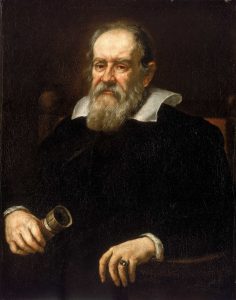
Although there are important contributions from many thinkers (the interested reader is recommended to consult the book by Pérez Tamayo mentioned at the end of the post) it was Galileo in the 17th century who took the next relevant step in history by establishing the Scientific Method as we know it today (we have already talked about this in the blog). In all fairness it must be said that Galileo was only concerned with describing phenomena in mathematical terms and not their causes. This is evident in his Discorsi e dimostrazioni matematiche, intorno à due nuove scienze published in 1638 (and written during his house arrest) and usually known as Discourse on two new sciences. In the section where he deals with naturally accelerated motion we can read the following:
It does not seem to me an appropriate opportunity to enter, at present, into an investigation of the cause of the acceleration of natural motion, about which philosophers have expressed various opinions, some reducing it to the attraction towards the centre [of the Earth], others to the fact that successively fewer parts of the medium remain to be split, others to a certain impulsion of part of the environment, which, when it rejoins behind the mobile, continually presses and pushes it along. It would be interesting, though of little use, to examine and resolve all these fantasies and others. For the moment, it is enough for our Author that we understand that he wants to investigate and demonstrate some properties of an accelerated movement (whatever the cause of its acceleration may be) […].
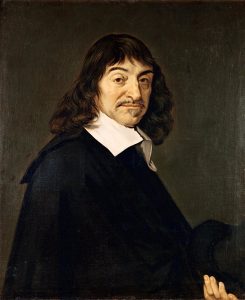
This fact, the lack of concern for first causes, was criticised by René Descartes in a letter to Marin Mersenne in October 1638. According to Descartes, in order to understand physical phenomena, one must use mathematics, and in this he agrees with Galileo, but in his letter to Mersenne he reproaches Galileo for not being concerned with the causes of the phenomena. Thus Descartes writes in the aforementioned letter:
But it seems to me that he [Galileo] fails very much in that he continually digresses and does not stop to explain a matter completely, which indicates that he did not examine them in order, and that, without having considered the first causes of nature, he only sought the reasons for some particular effects, and thus, that he has built without foundation.
Even if Descartes is partly right, it is worth noting that the reasons why phenomena occur are not always clear, and that is why Galileo prefers to restrict himself to studying what he can measure and then describe mathematically. Of the difficulty of finding the causes of phenomena we have the example of Descartes himself, who tried to give an explanation of the movement of the planets (and not only) by introducing the theory of vortices, which was not exactly very successful, but which constituted a first attempt to find a more or less well-founded rational cause of planetary movement (and not only).
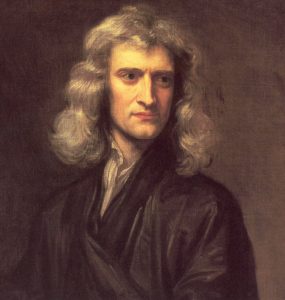
Who did give a tremendously successful explanation of how the solar system worked was our next character: Issac Newton. In his monumental Philosophiae Naturalis Principia Mathematica (the Principia) Newton established the three laws that govern the (mechanical) world around us and that almost all of us have been taught at school, and from these and a few others he explains a large number of natural phenomena. He himself describes his intentions in the preface to the first edition of the work:
Our design not respecting arts, but philosophy, and our subject not manual but natural powers, we consider chiefly those things which relate to gravity, levity, elastic force, the resistance of fluids, and the like forces, whether attractive or impulsive; and therefore we offer this work as the mathematical principles of philosophy; for all the difficulty of philosophy seems to consist in this—from the phænomena of motions to investigate the forces of nature, and then from these forces to demonstrate the other phænomena; and to this end the general propositions in the first and second book are directed. In the third book we give an example of this in the explication of the System of the World; for by the propositions mathematically demonstrated in the former books, we in 1st Preface to Newton’s Principia the third derive from the celestial phænomena the forces of gravity with which bodies tend to the sun and the several planets. Then from these forces, by other propositions which are also mathematical, we deduce the motions of the planets, the comets, the moon, and the sea.
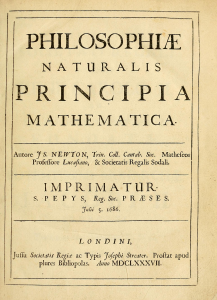
In fact, in the first book he establishes the three Laws of Mechanics that we all know (or should know) and some consequences of them on the motion of bodies in a vacuum (without friction). In the second book he describes the motion of bodies in resistant or fluid media (i.e. with friction), which is essentially a reply to Descartes’ theory of vortices, which we have already mentioned, with the aim of refuting it. The third book is entitled by Newton “On the System of the World”. His preface explains it all:
In the preceding Books I have laid down the principles of philosophy; principles not philosophical but mathematical: such, namely, as we may build our reasonings upon in philosophical inquiries. These principles are the laws and conditions of certain motions, and powers or forces, which chiefly have respect to philosophy. […] It remains that, from the same principles, I now demonstrate the frame of the System of the World. Upon this subject I had, indeed, composed the third Book in a popular method, that it might be read by many; […] I chose to reduce the substance of this Book into the form of Propositions […] It is enough if one carefully reads the Definitions, the Laws of Motion, and the first three sections of the first Book. He may then pass on to this Book, and consult such of the remaining Propositions of the first two Books, as the references in this, and his occasions, shall require.
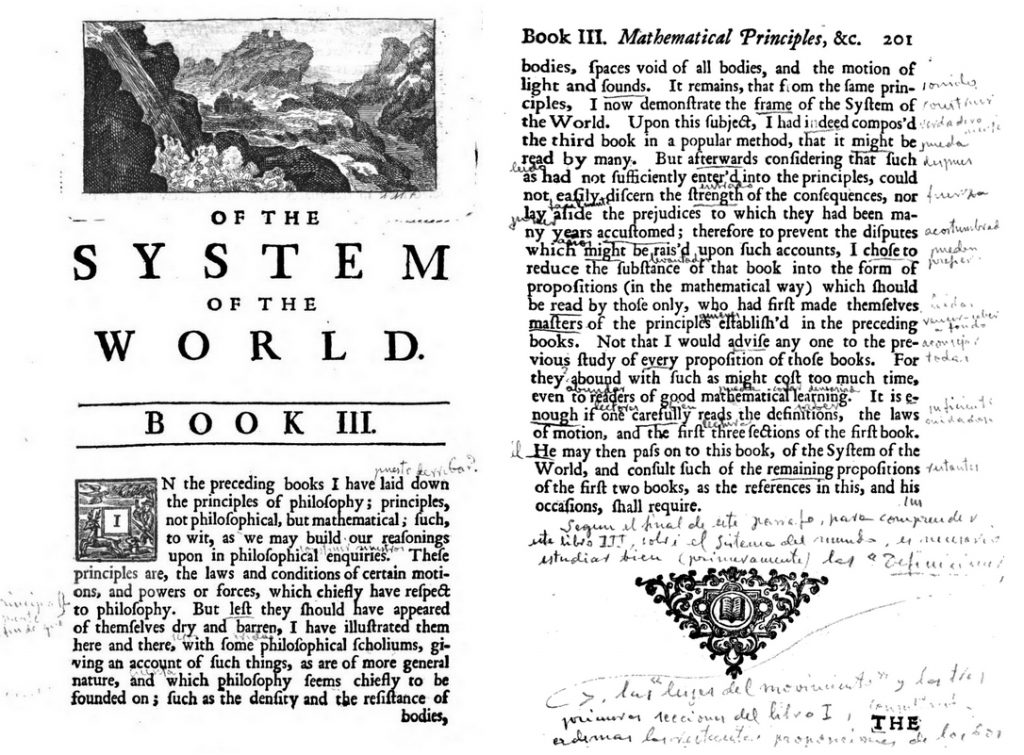
It is precisely this book that laid the foundations of modern science: starting from simple principles and using the appropriate mathematical apparatus, the natural phenomena of the world around us can be described. In book three Newton establishes his famous Law of Universal Gravitation which states that: the force \(F\) exerted between two bodies of masses \(m_1\) and \(m_2\) separated by a distance \(r\) is directly proportional to the product of the masses and inversely proportional to the square of the distance, i.e.
\(\displaystyle F=G\frac{m_1 \cdot m_2}{r^2}\)
From the three Laws of Mechanics and the Law of Universal Gravitation Newton constructs the System of the World. As an application of his method, apart from explaining the planetary motions, Newton estimates the contributions of the Sun and Moon to the tidal motions, offers the first theory of the precession of the equinoxes, and so on. In the Principia there is no room for speculation, everything is rigorous from the first to the last page.
The influence of Newton’s work in general and of the Principia in particular is well reflected in a quote attributed to the brilliant physicist-mathematician Joseph Louis Lagrange: “Newton was the greatest genius who ever lived and also the luckiest, since one can only once find a system that governs the world”. With the Principia Newton took Galileo’s scientific method to its ultimate consequences. In the continuation of the preface to Book III shown above Newton enunciated what is commonly known as Newton’s Programme.
In the words of Miguel Hernández González:
What Newton proposes is to investigate the character of the forces of Nature from their manifestations – to obtain, in short, their mathematical expression as he did in the case of gravitation by relying on Kepler’s laws – in order, subsequently, to demonstrate the rest of the phenomena.
The great scientists of the 17th, 18th and 19th centuries undertook to complete this programme: Bernoulli, Euler, d’Alembert, Lagrange, Laplace, Fourier, Maxwell, Boltzman, to name but a few. One of them, Laplace, tells a revealing anecdote. Napoleon, who was a lover of science in general and mathematics in particular, in a meeting with Laplace remarked “I am told that you have written this great book on the system of the universe without once mentioning its creator”, and Laplace replied: “Sir, I did not need that hypothesis”. Although it is very likely that this is no more than a legend – like Galileo’s famous “E pur si muove” – the story sums up very well the outcome of the Scientific Revolution that began with Copernicus and culminated with the Principia: the complete separation of religion and science, something unthinkable until then.
The rise of both physics and mathematics following the publication of the Principia was unparalleled in the entire history of science. The greatest minds of mankind set out to explain the world rationally. Scientific discoveries required new mathematics that in many cases took on a life of their own (as we have already reported here). Not only mechanical phenomena were explained, but enormous advances were made in understanding electrical and magnetic phenomena (electromagnetism), the theory of heat, and so on. So much so, that at the end of the 19th century physicists, paraphrasing Morpheus in Matrix, would say “…we were united in our enthusiasm. We marvelled at our boldness in trying to explain the World”. There were just a couple of little clouds that shadowed that horizon, a couple of loose tidbits that remained to complete Newton’s Programme. The best summary of the situation was explained by William Thomson (Lord Kelvin) in a lecture he delivered at the Royal Institution on 27 April 1900 entitled Nineteenth century clouds over the dynamical theory of heat and light, the text of which was later expanded and published in the Philosophical Magazine and Journal of Science in 1901.
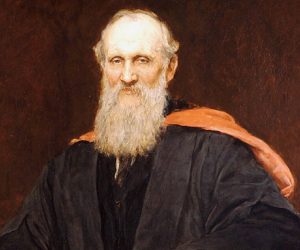
In his article Thomson writes:
“The beauty and clarity of dynamical theory, which states that heat and light are modes of motion, are currently obscured by two clouds. The first was born with the wave theory of light and was addressed by Fresnel and Dr. Thomas Young; it involves the question: how could the earth move through an elastic solid such as the aether essentially is? The second is the Maxwell-Boltzmann doctrine of the partition of energy”.
The elucidation of these two little clouds produced an unprecedented revolution within Science itself and constituted in itself a new Scientific Revolution because it changed the way of understanding the world around us (space, time, matter). The first of the clouds mentioned by Lord Kelvin led to the Theory of Relativity, first special and then general, by Einstein (a wonderful introduction can be found in Antonio Durán’s book “El universo sobre nosotros: Un periplo fascinante desde el cielo de don Quijote al cosmos de Einstein” (The universe above us: A fascinating journey from Don Quixote’s heaven to Einstein’s cosmos, Editorial Crítica 2015). The second gave way to the other great physical theory of the twentieth century: quantum mechanics, which we will deal with in a future post.
Recommended readings:
Ruy Pérez Tamayo ¿Existe el método científico? Fondo de Cultura Económica, 1998
Miguel Hernández González, Los Principia de Newton, Fundación Canaria Orotava de Historia de la Ciencia

Leave a Reply